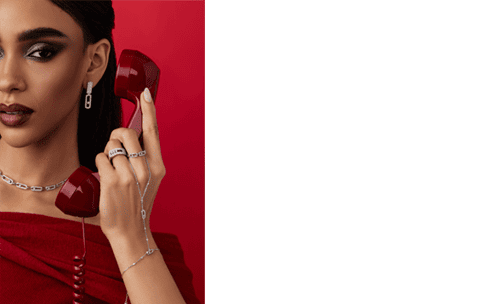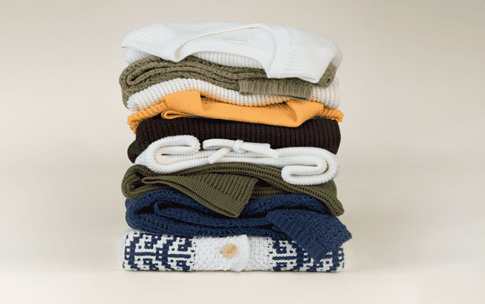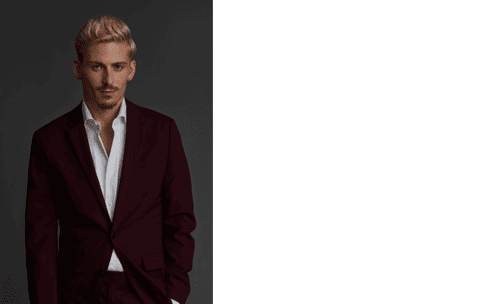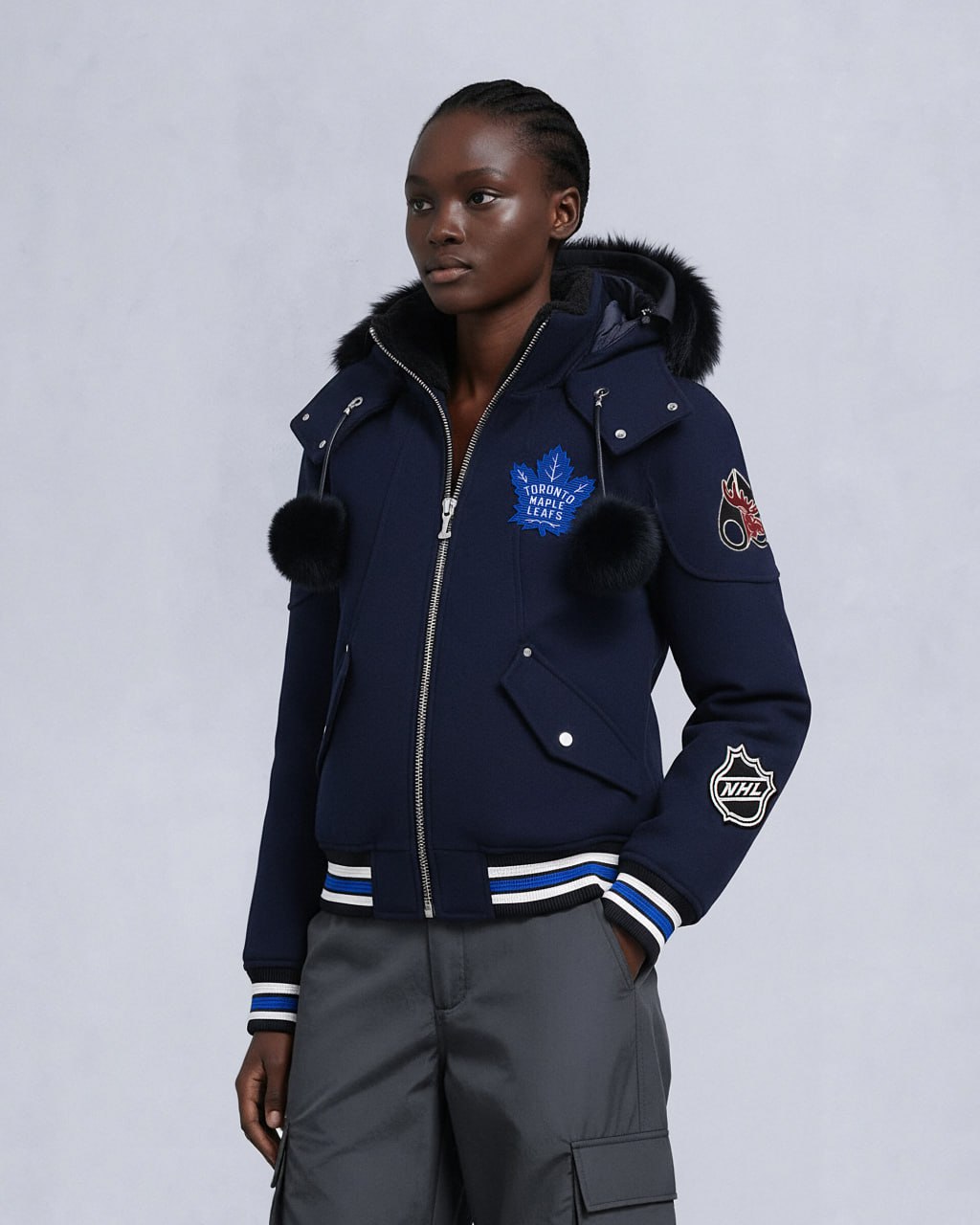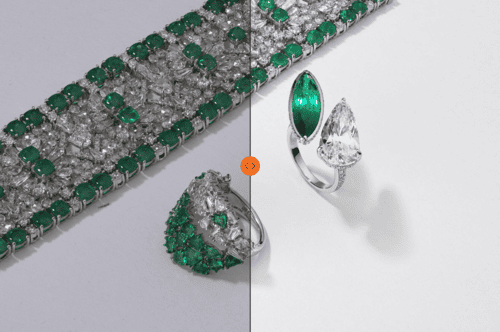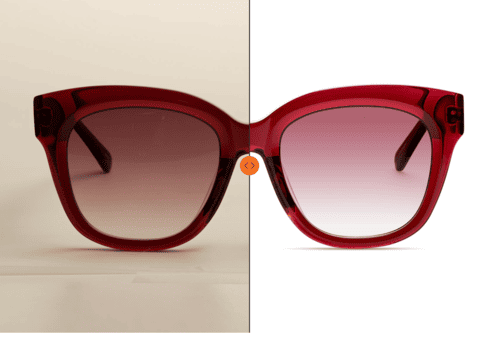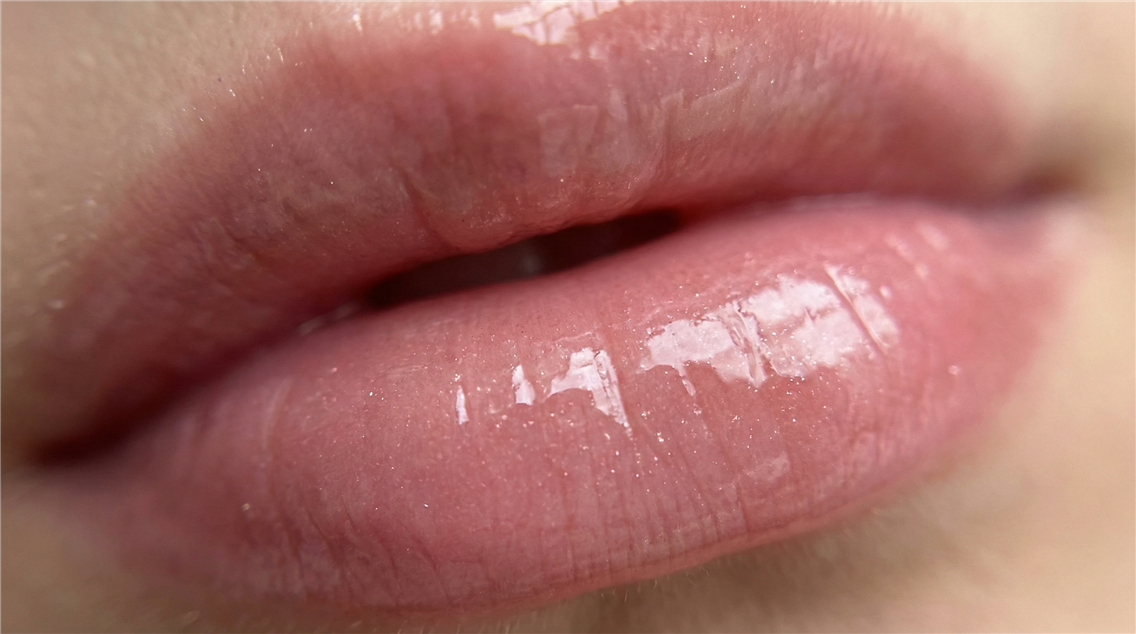Cosmetics Product Photography for Beauty eCommerce Decoded
In beauty, aesthetics are currency. A product’s performance might win customer loyalty, but its visual appeal determines whether it ever gets added to a cart. Consumers buy online because they like what they see, even before they have the opportunity to touch, test, or trust a product.

The modern beauty consumer expects clarity, credibility, and creativity in product imagery. They zoom in, swipe through textures, and compare shades across different skin tones. If the visuals fail to convince, the purchase doesn’t happen. In an era of hyper-informed shoppers, professional beauty product photography is the foundation of a brand’s sales strategy.
Luxury skincare. High-performance makeup. Clean beauty. No matter the segment, high-end beauty photography persuades, defines perception, and positioning.
In this article, we examine how to enhance desirability, boost engagement, and drive conversions with expertly executed beauty product photography.
Cosmetics & Skincare Catalog Photography for Maximum Conversions
Before a customer reads a product description or checks the ingredients, they judge a product by its packaging, finish, and aesthetic appeal. That’s why high-resolution, studio-shot catalog photography is a direct sales driver.
Precision matters. A crisp, professional product image ensures customers see exactly what they’re buying, reducing hesitation and increasing add-to-cart rates.
Packaging sells. In beauty, the allure of a product’s exterior is part of the experience. A clean, compelling image reinforces the brand’s luxury and desirability.
Consistency builds trust. E-commerce platforms, brand websites, and retail listings demand uniformity. A scattered visual identity weakens a brand’s authority.
Where High-Quality Catalog Photography is Essential
- E-commerce storefronts (direct-to-consumer and third-party retailers)
- Paid social and search ads
- Digital beauty campaigns
The Power of Cosmetics Photography Close-Ups
Consumers need to see the viscosity of a serum, the light-catching shimmer of a highlighter, the velvety richness of a lipstick. Macro beauty photography provides the detail that drives trust. Beauty is sensory. When customers can’t touch or test products, photography must bridge the gap, making the item feel tangible through the screen.

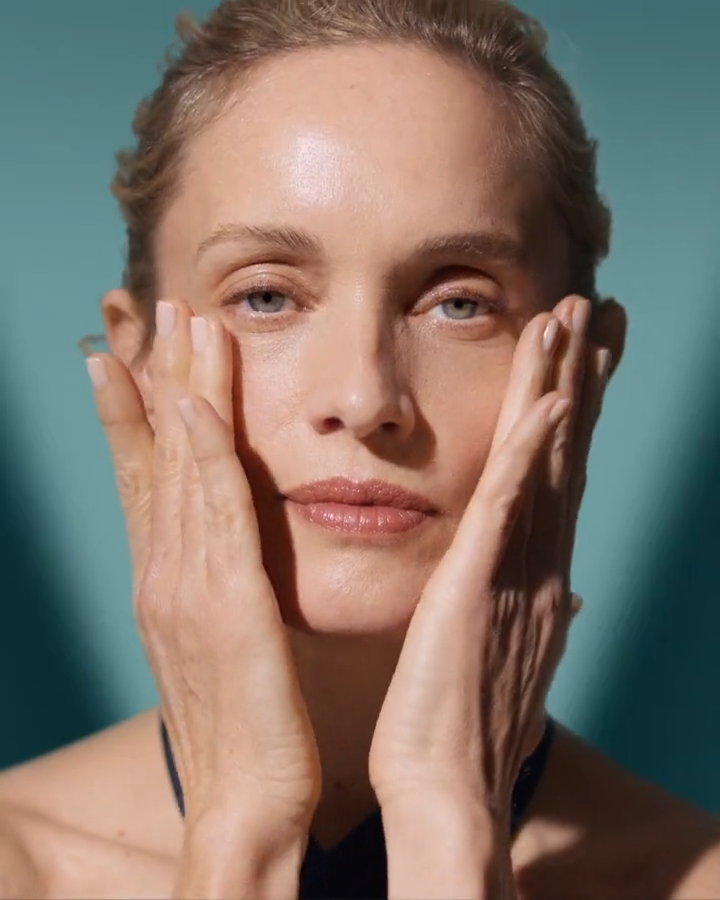


SCreative Product Cosmetics Photography to Tell More with Impactful Compositions
Still life photography makes people feel something before they even analyze a product. Every shadow, every reflection, every carefully placed prop is speaking to the customer on a subconscious level. The clean, minimal composition? That’s trust and transparency. Rich, moody colors? Luxury and indulgence.
This is how beauty brands build an emotional connection before a single word is read. People get the vibe, the story, the energy. And when that’s done properly, sales follow.
Why Still Life Beauty Photography is an Emotional Trigger
Consumers buy beauty products for very particular reasons. They buy the promise of how those products will make them feel. A glowing serum bottle surrounded by dewdrops instantly suggests hydration. A sleek red lipstick placed on a reflective surface screams confidence.
Where to Use Still Life Photography
- E-commerce websites → As hero images of your product catalog.
- Brand campaigns & advertising → Reinforce visual identity.
- Social media & content marketing → High engagement, strong brand recall.
- Retail & packaging design → Keep it all cohesive.
The Role of Set Design and Why Still Life Beauty Photography Should Reflect Your Brand NarrativeSet design separates an average image from a shot that stops the scroll. A luxury skincare brand needs soft shadows, silk textures, and muted tones. A Gen Z-focused makeup brand benefits from bold colors, playful compositions, and creative angles. Set design defines a still-life shot. That’s why professional photography studios don’t just shoot; they have a team to build a scene that sells. |  |
On-Model Skincare & Makeup Product Photography to Inspire Customers
Beauty products are meant to be worn, applied, blended, not placed on a shelf. When customers see a model touching, applying, and using the product, it makes a brand relatable. They can picture themselves using it, which means they’re already halfway to checkout.
A foundation swatch on a white background is not convincing. A macro shot of it melting seamlessly into the skin? That’s what sells. And showing texture, pigmentation, and finish on different skin tones also helps with sales and builds trust. No surprises, no misleading filters. Just real results, real skin, real beauty.




Lifestyle On-Model Beauty Product PhotographyCustomers connect with brands that reflect their aspirations and identity. Whether they see someone who looks like them or someone they want to become, the effect is the same: they see themselves in your brand. A girl casually sipping her morning tea with a light glow? That’s the effortless beauty routine they want. A bold, high-fashion statement eye? That’s confidence in a palette. Customers are buying the lifestyle that comes with beauty products. | 
|
Capturing Real, Aspirational Moments Gives Higher Engagement on Social Media
People don’t engage “just” with product photos on social media. They share moments that make them feel something, which are relatable or desirable. And when your visuals feel authentic, they attract loyal customers.





360-Degree & Motion Beauty Product Photography: Interactive Visuals That Attract
Still images work, but they have limits. Motion removes doubts. It shows the product in action, answers key questions instantly, and drives more engagement.
Here’s why brands that use motion see better results:
- It gives customers more confidence. They can see how a serum flows, how a foundation blends, or how a shimmer catches the light before buying.
- It reduces returns. When customers get a clear, realistic preview, they know what to expect.
- It adds dimension and depth to products. Movement in visuals allows customers to see products from multiple angles, giving them a better sense of texture, size, and overall appearance, which makes products feel more tangible and real.l
- It boosts engagement and conversions. Video and interactive visuals hold attention longer, making people more likely to buy.
How Stop Motion Animation Enhances Beauty Product Photography
Stop motion animation takes beauty product photography beyond static images without the need for full-scale video production. It’s a simple but highly effective way to show movement, product interaction, and texture — all while keeping visuals crisp, stylish, and engaging.
- A dropper releasing serum in perfectly timed frames, showing consistency.
- A mascara tube opening, wand twisting out, emphasizing the brush details.
- A powder compact closing smoothly, reinforcing the brand’s sleek, high-end feel.
Stop motion is a proven way to increase customer engagement, reduce hesitation, and drive conversions. If your beauty brand isn’t using it yet, you’re missing an easy win.
360 Spin Video: The Closest Thing to Holding the Product
A 360 spin video lets customers view a product from every angle, replicating the in-store experience online. Instead of relying on static images, they can rotate the product themselves or watch a smooth, automated spin, giving them a full understanding of the design, texture, and details.
The Key Elements of High-Performing Beauty Product Photography
Aligning Beauty Product Photography with Your Brand’s Marketing Strategy
A beauty product isn’t sold through text. People don’t read about how creamy a lipstick is; they see it. They don’t research how a serum absorbs; they watch it melt into the skin.
This is where most brands mess up. They treat photography as an afterthought instead of a core sales tool. They shoot for aesthetics instead of conversion. But professional beauty product photography has to be strategic, intentional, and optimized for every marketing touchpoint, not just something “pretty” to post on Instagram.
Thoughtful Preparation for a High-End Beauty Product Photoshoot
Every great campaign starts with hard pre-production work — because once the shoot starts, time is money, and mistakes are expensive. Questions about creative direction & shot guidelines:
- What’s the brand story? Minimalist, high-glam, clinical, playful? That dictates everything — from lighting to retouching.
- What’s the marketing goal? Are these images for ads, PDP (Product Detail Pages), press, or influencer kits? Each format has different photography styles and needs.
- What’s the exact shot list? Rid yourself from the “let’s see what happens” approach. Every angle, texture, and composition should be mapped out before the first frame is shot.
Product Prep & Quality Control: What You See is What Sells
If the product isn’t perfect, the shot won’t be either. Imperfections? Dust specks? Smudges? High-resolution cameras catch everything. Multiple backups of each product are non-negotiable. If a foundation bottle leaks or a label is crooked, you need extras ready.
Cross-Team Coordination: Marketing, Creative, Production All in Sync
- The marketing team knows what sells — they suggest the essential shots.
- The creative team executes the vision — they need direction, not last-minute changes.
- The photography team delivers flawless results — but only if they have clear, organized input.
A chaotic set = a wasted budget. Pre-production eliminates that risk.
Set Design for Still Life, Lifestyle, and Editorial Beauty Product Photography
Photographers don’t build sets. That’s a different skill set. A pro set designer creates polished, intentional, and brand-specific layouts. Tiny tweaks make a massive difference. The wrong fabric, misplaced props, or even a shadow in the wrong spot can ruin an otherwise perfect image.
If you’re investing in high-end photography, cutting corners on set design is like buying an expensive suit and wearing it with flip-flops.
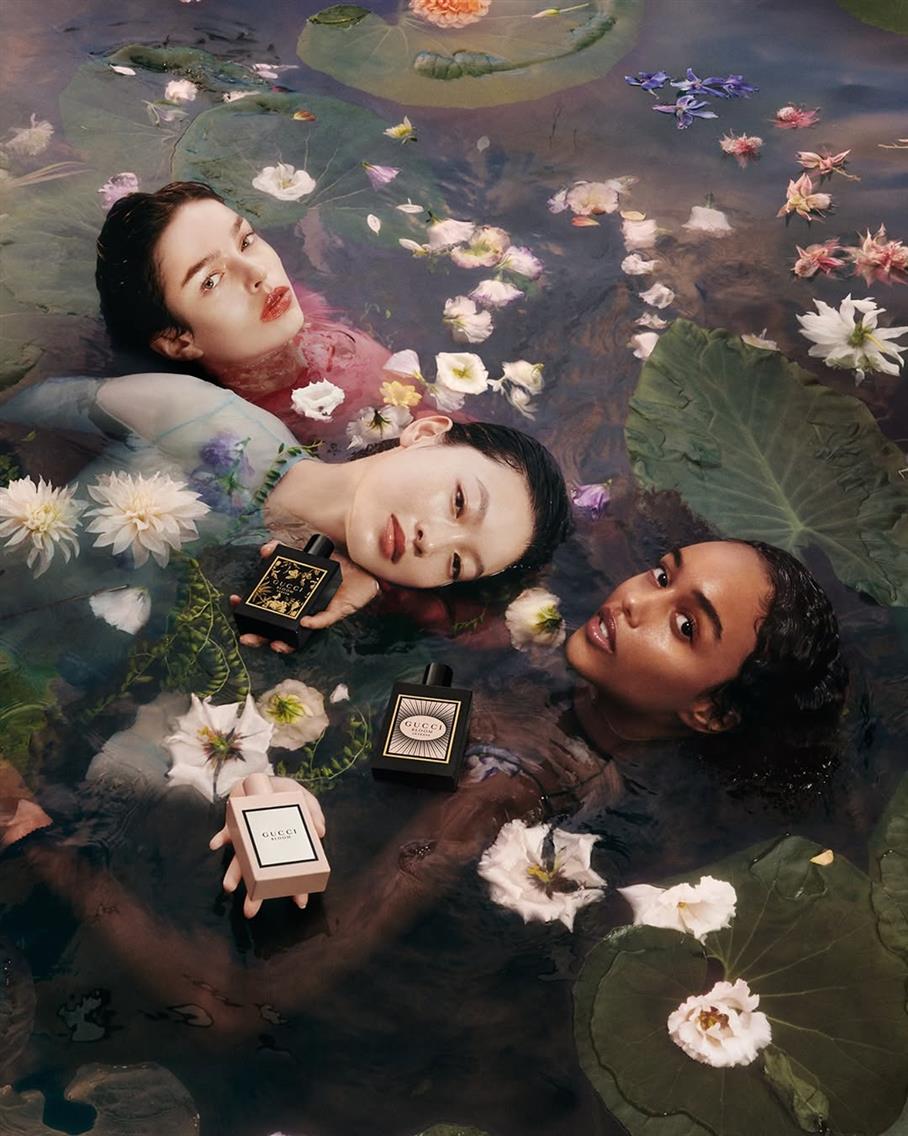
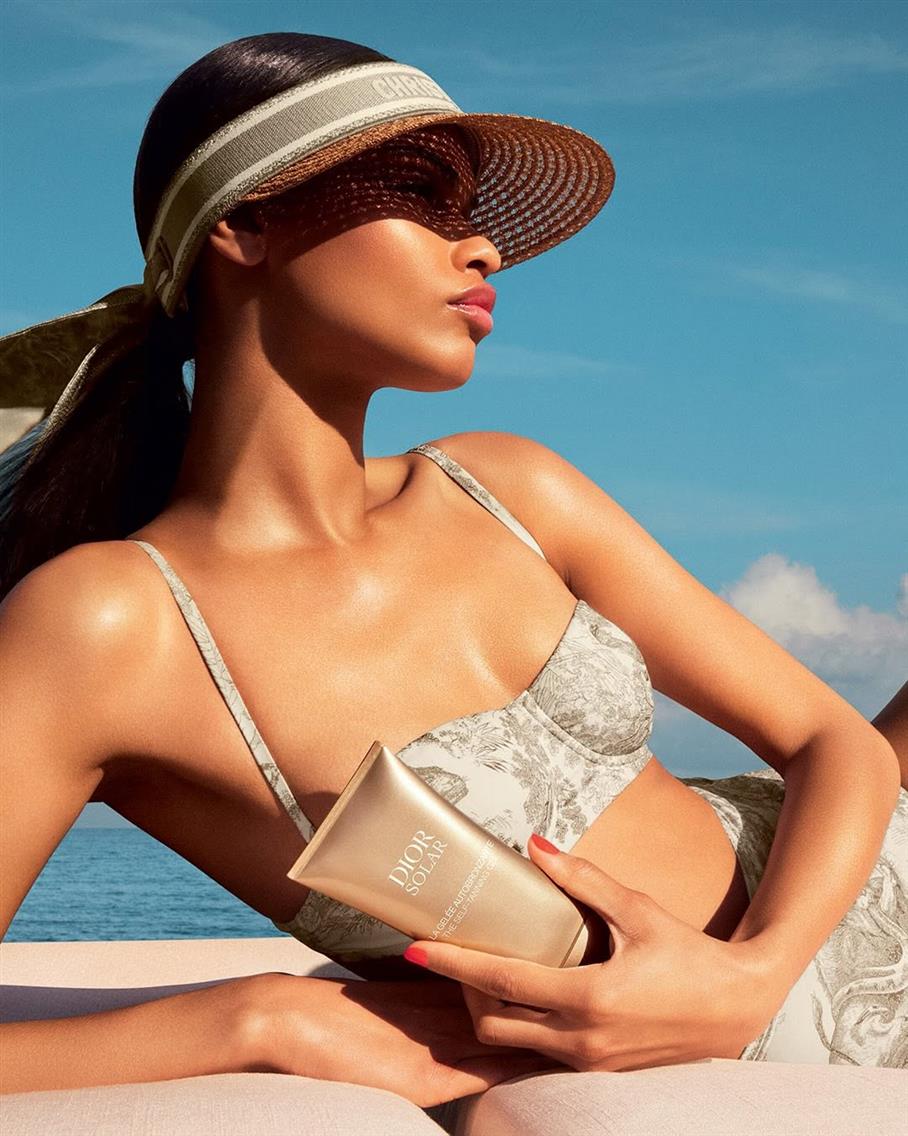

The Power of a Professional Photography Studio for Beauty Brands
Beauty brands that try to handle photography in-house usually learn the hard way that pro-quality visuals require pro-level expertise. Why consider outsourcing visual content creation to a professional studio:
- Fast turnaround times. With professionals, you can expect your assets to be delivered on schedule.
- Consistent quality. The same lighting, styling, and editing across every product line.
- Optimized workflow. A team that understands exactly how to produce the images you need.
For example, at Lenflash, we provide end-to-end solutions from strategic planning to seamless content storage and management, so you always have on-brand, high-quality assets ready to go.
What to Expect from a Professional Beauty Photographer
- Consistent lighting, crop, angles, and composition across an entire catalog.
- True-to-life color and product representation. Shades must match real-world applications, especially in cosmetics.
- Refined yet natural post-production.
- Clean-up without over-editing, because customers want to see an honest portrayal.
Professional, Ethical, and High-End Retouching
Retouching should refine, not mislead. If your beauty images look too perfect, customers won’t believe them. If they look unpolished, the product feels low quality. The balance is everything.
- Skin should look real, not plastic. Over-smoothing kills credibility.
- Textures should be enhanced, not altered. Customers need to see how the product actually looks.
- Colors should be accurate. If a lipstick shade looks different in the photo than in real life, expect angry reviews and returns.
At the end of the day, beauty product photography is not about pretty pictures, but about impactful visual assets that you can use across your marketing touchpoints. The right visuals drive conversions, increase brand trust, and elevate your positioning in the market.
Whether it’s high-end still life, lifestyle imagery, 360-degree spin videos, or stop motion animation, every format has a role in shaping customer perception and influencing buying decisions. But execution matters.
If your visuals underperform, it’s time to rethink your approach. Explore our comprehensive guide on visual content types to understand exactly which formats your brand needs and how to maximize their impact!
